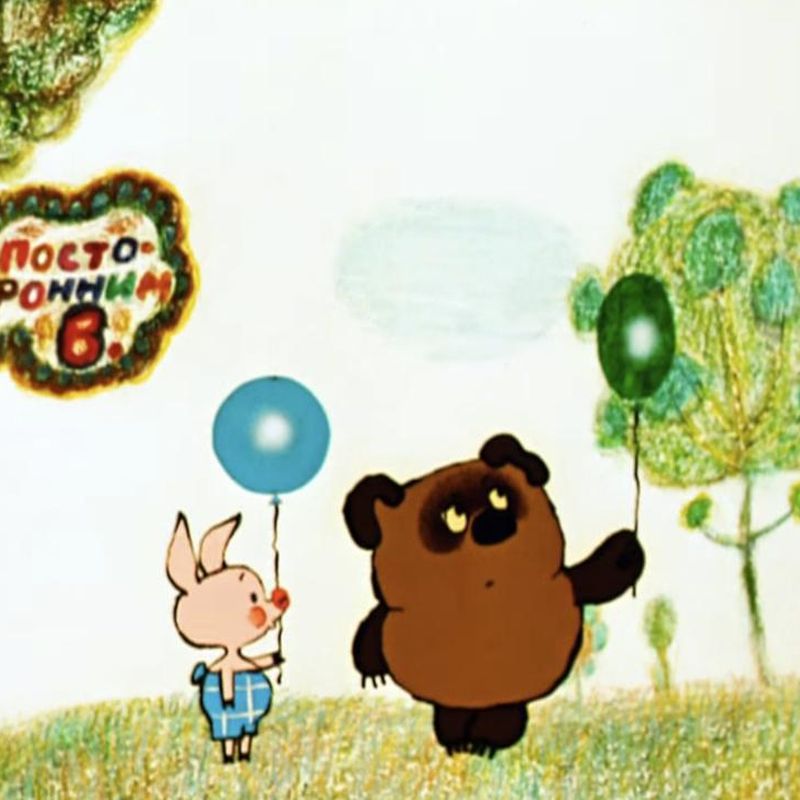One of the first things I did while taking French 110 (now 111/112) was add a French keyboard to my laptop and phone. What I didn’t know as a beginning French student was that even the French keyboard layout is different!

This layout is called AZERTY, with all the additional French characters (ex. ç, é, and à) arranged on number and symbol keys. It also swaps the positions of Q/A, W/Z, and M, which actually helps you type in French faster, believe it or not! As you advance in French, improving your typing (“la dactylographie”) skills will make a difference in typing emails, essays, and texts. Here are two typing practice recommendations to boost your AZERTY typing skills!
Continue reading “Master the AZERTY keyboard with French typing tests!”



